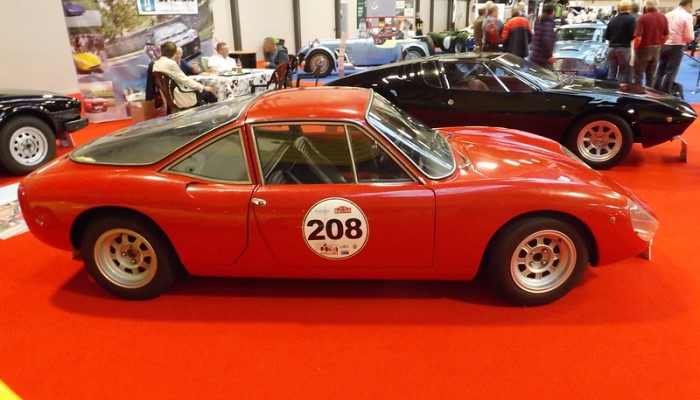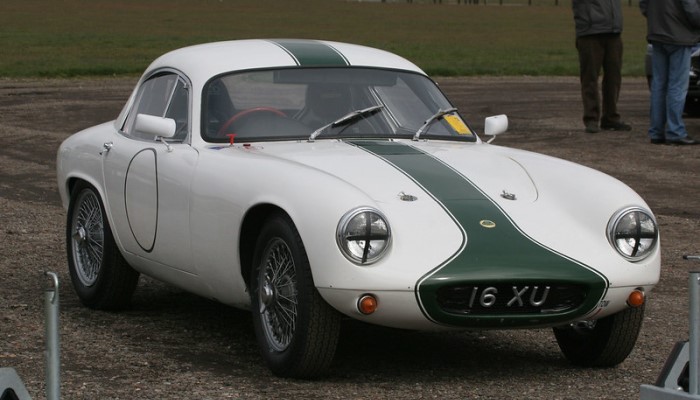Alfa Romeo Giulietta Sprint Speciale
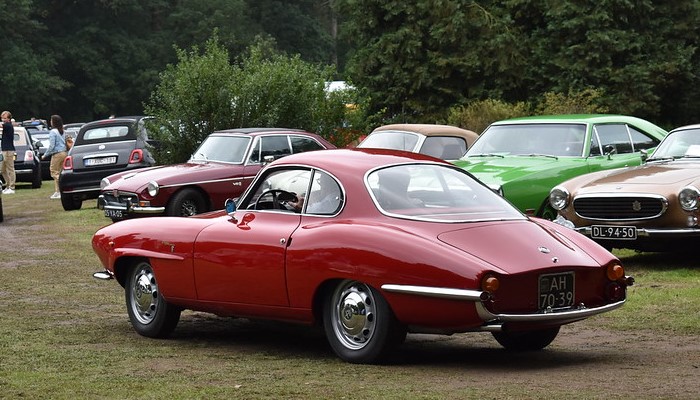
Photo: "Alfa Romeo Giulietta Sprint Speciale 1300" by denniselzinga
Exotic Elegance in Bertone Style
The Alfa Romeo Giulietta is a compact car produced from 1954 to 1965. The presentation of the car with a 4-seater coupe body took place in April 1954 at the Turin Auto Show. The small car, thanks to its high consumer qualities, instantly became a national hit.
Very soon, the Alfa Romeo Giulietta gained popularity not only among Italian car enthusiasts but also attracted the attention of numerous body shops, of which there were a huge number in Italy at that time. One of these ateliers was the famous company Bertone.
In 1957, Carrozzeria Bertone built perhaps the most interesting and exotic of all modifications of the Giulietta that existed at that time. Designed and built by Bertone, the car was named Sprint Speciale.
Presentation
The first prototypes were presented at motor shows in Turin, Geneva, and Paris in 1957. The car received an original aluminum body with an unusual futuristic design. The Sprint Speciale was built on the base of the standard Giulietta, shortened from 2380 to 2250 mm (from 93,7 to 88,6 in).
This elegant and beautiful car was designed with the prospect of its further participation in sports competitions.
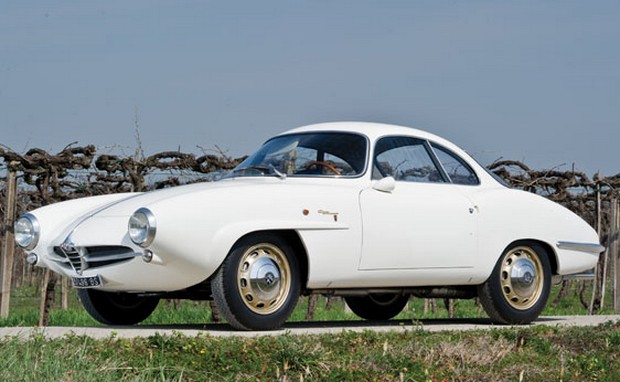
Photo: "1959 Alfa Romeo Giulietta SS Alloy ‘Low Nose’ by Carrozzeria Bertone" by Motor74
The final touch to the new masterpiece was a 2-carburetor engine with a displacement of 1.3 liters (78.7 ci), "drawn by a hundred horses." It was a perfected "promoted" standard unit from the serial Alfa Romeo Giuliettas, also having two camshafts and an aluminum cylinder block.
The official presentation of pre-production working samples of the Sprint Speciale to representatives of the automotive press took place on June 24, 1959, at the Monza race track. Serial production was launched in 1959, and then the first batch was produced, consisting of 101 cars (designated as 750SS).
In accordance with the rules of the International Automobile Federation, a minimum of 100 cars were required to be certified in the GT class. These cars had steel bodies, but the hood, roof, and doors were aluminum. It should be noted that a small number of all-aluminum versions of the Giulietta 750SS were produced.
Engine and Basic Specs
The car was equipped with a forced 100-horsepower, 1.3-liter engine (78.7 ci). A streamlined, low body combined with a powerful engine made it possible to accelerate to 124 mph (200 kph) and reach "hundreds" (62 mph) in 10.5 seconds.
The 750SS was a true sports car, capable of successfully competing with such seasoned rivals as the Porsche 356.
Later, after the series was released for certification, a number of changes were made to the design of the engine, transmission, and body, which somewhat improved the performance of the cars. The modernized version received the factory index 101.20, and export samples bore the index 101.17.
Modernization
In 1963, the Sprint Speciale underwent significant modernization. It received a new name, Giulia Sprint Speciale (in 1963, serial Giuliettas, after modernization, were also renamed Giulia), and the factory index 101.21.
The Alfa Romeo Giulia SS was first presented in March 1963 at the Geneva Motor Show. The most noticeable change was, of course, the engine; now its volume was 1.6 liters (95,6 ci) and its power was 106 hp at 6200 rpm.
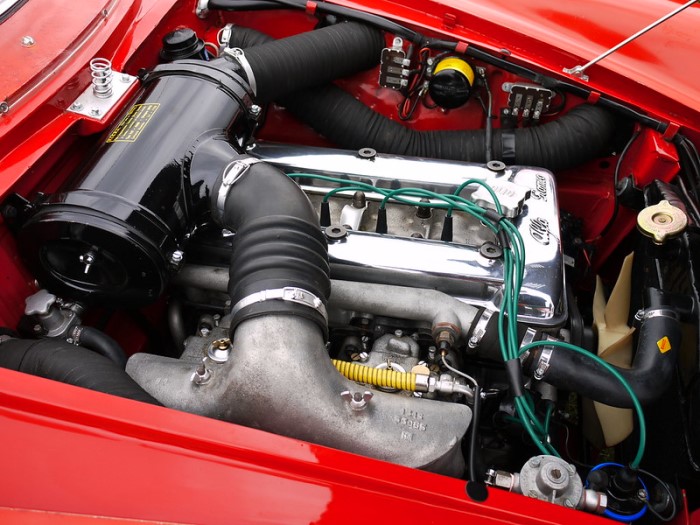
Photo: "File:Alfa Romeo Giulia SS engine.jpg" by Craig Howell
Despite the increased engine volume, the car’s speed performance remained almost the same. The interior of the car has also undergone drastic changes.
Production Numbers and Value on Today's Market
A total of 1,366 Giulietta Sprint Speciales were produced from 1959 to 1963, and 1,400 Giulia Sprint Speciales were produced from 1963 to 1966.
Nowadays, well-restored Bertone SS examples are highly valued by collectors, sometimes costing up to $100,000.

Unique Car Zone Team
A group of several fans of everything that moves on four wheels, a few article creators, a couple of marketing strategists, designers, web developers, and lots of coffee.




